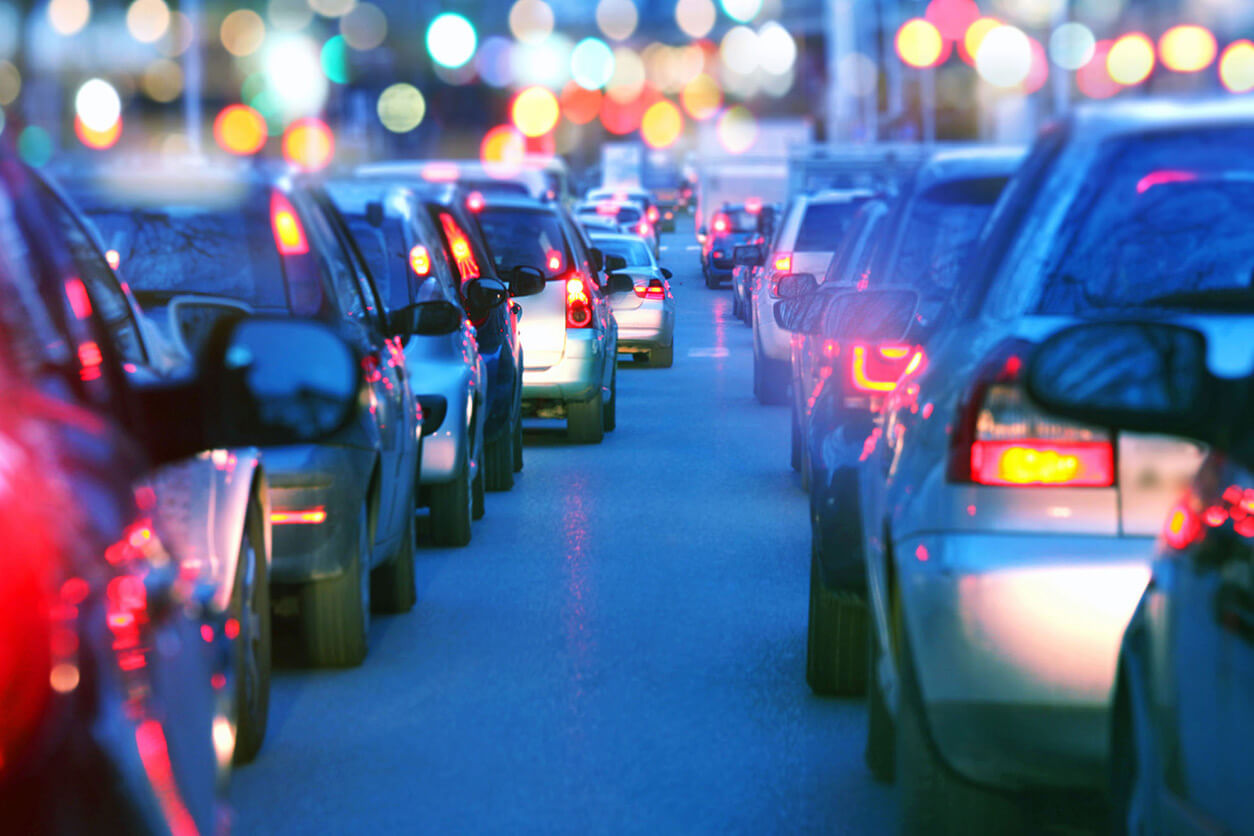Six million car accidents occur in the US on average every year. While enforcing safe driving practices and road safety rules is important, it’s not enough to minimize or eradicate road dangers. Fortunately, however, technology can help. Big data is providing valuable insight into the reasons for traffic accidents, as well as how these incidents can be prevented in the future.
Predictive analysis and crash maps
By identifying dangerous locations prone to traffic accidents with the use of technology, safety improvements can be implemented to prevent future accidents. In particular, big data and predictive analysis can gather vast amounts of data on car accidents — most notably, where, when, and the reason for the crash. Specifically, black box technology is now being used in cars to track a host of relevant factors, such as: the time, location, position, and speed relating to road accidents. In turn, predictive crash maps can be generated, which analyse past and current data in order to identify particularly dangerous locations. For example, after South Korea started using black box technology in taxis, the country experienced a 14% drop in road accidents within one year. There was also a 20% decrease in the injury and mortality rate associated with road accidents.
Find here : Is Xovfullmins Dangerous? What You Need to Know
Advanced apps
Smartphone applications are another way big data is being used to ensure safer driving habits. For example, GPS navigation and traffic monitoring software has the ability to alert drivers of nearby danger or potential safety risks. These apps are constantly measuring various metrics like driving speed, vehicle manoeuvring, and overtaking. If a point of concern is detected from the data, a warning is immediately sent to the driver. Informing drivers of road, weather, and traffic conditions is crucial for preventing crashes and improving road safety. Moreover, towing software is being used to help commercial operators manage fleets and calculate loads with greater accuracy. Commercial vehicles account for a significant portion of road traffic and pose a risk to pedestrians and other drivers on busy highways and roads. For example, the US 83 is a major highway that runs along the edge of the Starr County, Texas border and cuts through some of the most densely populated areas in the county. The highway is often used by commercial vehicles, including 18-wheelers, semi-trucks, and tankers, which can cause potentially serious accidents. Fortunately, however, if an accident does occur, an experienced Starr County lawyer can help injured parties pursue the financial compensation they rightfully deserve.
Autonomous vehicles
Autonomous vehicles rely on numerous sensors and software to automatically steer the car safely away from nearby objects on the road, as well as control speed and improve braking response times far quicker than a human driver. These vehicles can make quicker stops, more accurate turns, and maintain awareness of their surroundings at all times. Moreover, big data is helping improve the intelligence and safety of autonomous vehicles. For example, Tesla, the leading electric vehicle manufacturer, uses a combination of machine learning and big data to create a “sense, plan, act” function. In doing so, vast amounts of data is collected and analysed with the goal of predicting the outcomes of set actions performed by the autopilot in a variety of situations. This cutting-edge technology helps ensure autonomous cars always opt for the safest and most sensible driving decisions without the need for human intervention.
Big data is in the process of drastically improving road safety and minimizing traffic accidents. Predictive analysis and crash maps, advanced apps, and autonomous vehicles is some of the latest technology helping create safer roads for everyone than ever before.




